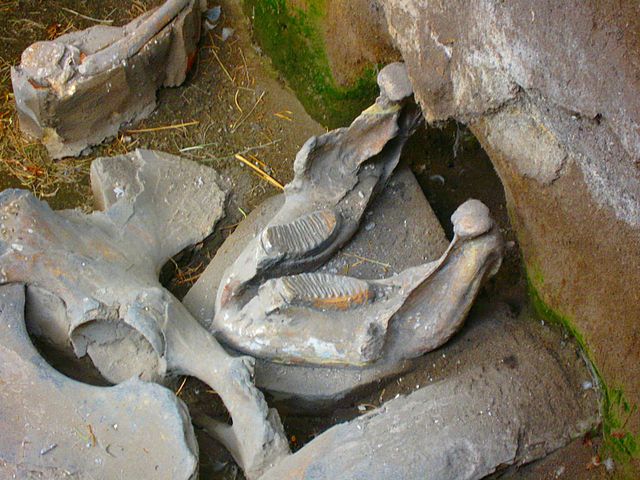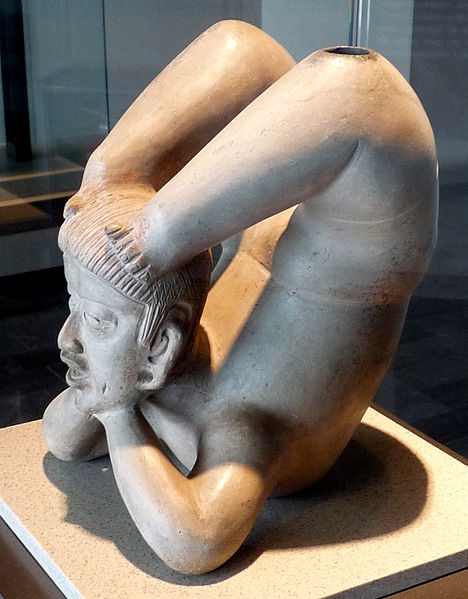Spanish Mexicans are citizens or residents of Mexico who identify as Spanish as a result of nationality or recent ancestry. Spanish immigration to Mexico began in the early 1500s and spans to the present day. The vast majority of Mexicans have at least partial Spanish ancestry; the Northern regions of Mexico have a higher prevalence of Spanish heritage. There are three recognized large-scale Spanish immigration waves to the territory which is now Mexico: the first arrived during the colonial period, the second during the Porfiriato and the third after the Spanish Civil War.
Fagoaga Arozqueta Basque family who migrated to Mexico City
The Colegio de México.
Jocs florals de la llengua catalana was a Catalan publication, printed in Mexico City.
Centro Gallego de México in Mexico City.
The Valley of Mexico, sometimes also called Basin of Mexico, is a highlands plateau in central Mexico. Surrounded by mountains and volcanoes, the Valley of Mexico was a centre for several pre-Columbian civilizations including Teotihuacan, the Toltec, and the Aztec Empire. The valley used to contain five interconnected lakes called Lake Zumpango, Lake Xaltocan, Lake Xochimilco, Lake Chalco and the largest, Lake Texcoco, covering about 1,500 square kilometers (580 sq mi) of the valley floor. When the Spaniards arrived in the Valley of Mexico, it had one of the highest population concentrations in the world with about one million people. After the conquest of the Aztec Empire, the Spaniards rebuilt the largest and most dominant city, Mēxihco Tenōchtitlan, renaming it Ciudad de México and over time began to drain the lakes' waters to control flooding.
View of the Valley of Mexico from the neighborhood of San Bernabé Ocotepec, 2022
A Columbian mammoth jaw excavated at Tocuila
Modern-day Cuicuilco
Ceramic art recovered from Tlatilco, c. 1300–800 BC








